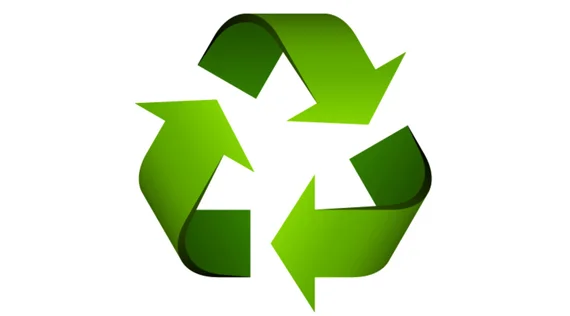
SEATTLE (Waste Advantage): Commercial lithium-ion batteries entered the market around 1991 and changed the landscape in battery technology. Their quick growth in popularity can be expressed by their characteristics of being lightweight, having a high energy density, low self-discharge rates and the ability to hold a charge. Up until this point, lead was a dominate force in the battery game.
After the new millennia, access to cell phones and portable electronic devices grew. Today, it is estimated that more than 294 million people in the U.S. have a smartphone and it is hard to walk down a street and not see someone using wireless headphones. All of these devices are powered by lithium-ion batteries. There are also impacts to stationary power, transportation, retail and healthcare sectors to name a few.
As lithium-ion batteries became more common place in businesses and homes, the profile for properly handling of these batteries rose. Fires from batteries in devices have been highly publicized in the last several years—from incidents on airplanes to explosion on trains. While the lithium-ion battery has been in use for more than 30 years, it has only been in recent years that it has become common place. As this item integrated itself into commonly used items, education became apparent.
Cause of Fires
One main educational point is to not include lithium-ion batteries in your curbside recycling bin. At the beginning there was not much communication on what to do with these batteries at their end-of-life, because there was not a large volume in the marketplace. Once market share grew, the effects of the batteries at material recovery facilities became more visible. Once material is picked up curbside, it is placed in a collection truck. Material is then crushed down and if a puncture occurs or if there is metal-to-metal contact in the wrong way, there is potential for a thermal runaway event. Residents may also put a damaged or defected battery in a recycling bin and that could be another cause leading to events such as truck fires.
Once the material reaches a recycling facility, it is sifted through for sorting into common materials and if a battery is again damaged in some way before or after it gets there, this may lead to fires at these locations. Lithium-ion batteries are considered the most common reason for fires at recycling plants today. Centers have had to close for weeks at a time in order clean-up, check equipment and ensure everything is in place before they reopen.
Battery recycling is a specialty in sustainability efforts, just as plastics and paper have been. Battery chemistries have different processing types, and lithium-ion is no exception. Previously, batteries would be collected and sent overseas for recycling. Now, recycling processes have been established in North America and more precisely in the U.S. From national grants, down to the state level, there is a push to support solutions for lithium-ion batteries. An example of this support is demonstrated by The Lithium-Ion Battery Recycling Prize, a competition that is part of the American Made Challenges by the Department of Energy. This competition was created to support entrepreneurs in the U.S. and put a focus on the goal of a high capture rate of spent lithium-based batteries. Michigan’s NextCycle is another respected approach that includes a grant focused on the electric vehicle battery recycling market. The competitions and grants for spent lithium batteries at all of levels is a tribute to the commitment that so many have to provide environmental and economically friendly solutions.
Courtesy: www.wasteadvantagemag.com
| Copper Scrap View All | |
| Alternator | 0.32 (0.01) |
| #1 Copper Bare Bright | 3.77 (0.07) |
| Aluminum Scrap View All | |
| 356 Aluminum Wheels (Clean) | 0.73 (0.02) |
| 6061 Extrusions | 0.64 (0.02) |
| Steel Scrap View All | |
| #1 Bundle | 475.00 (0) |
| #1 Busheling | 495.00 (0) |
| Electronics Scrap View All | |